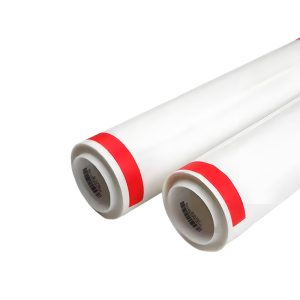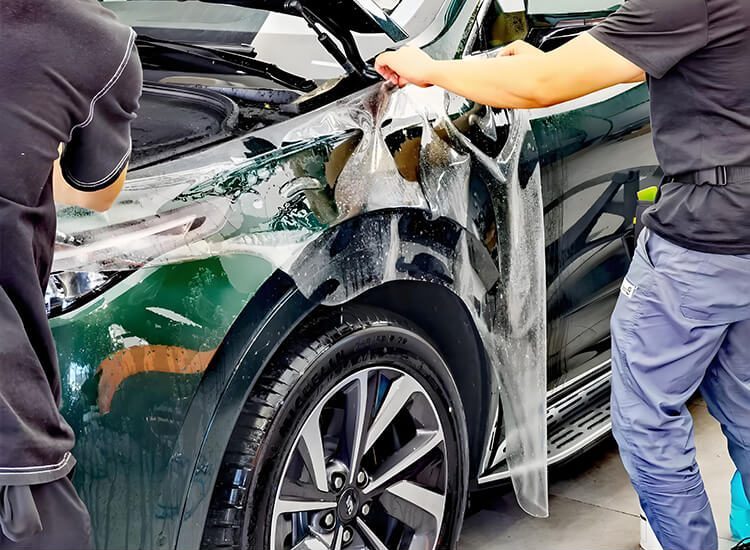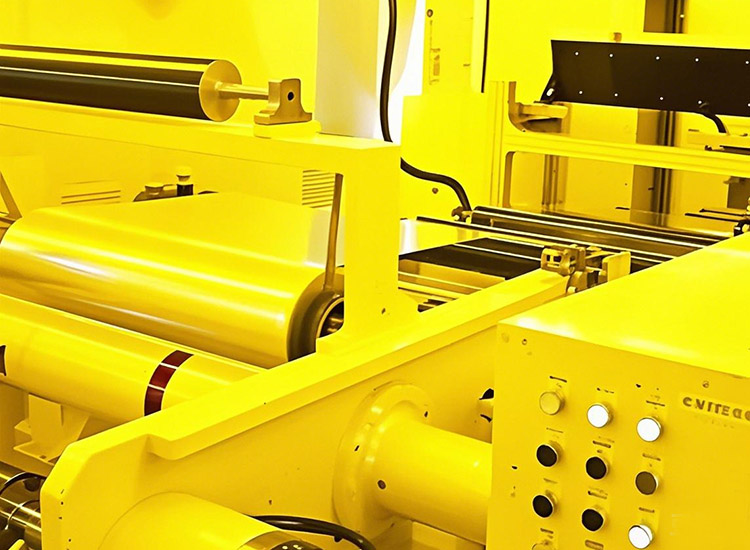What is Paint Protection Film (PPF): Why Your Car Needs It
Paint Protection Film (PPF) has become one of the most sought-after solutions for car owners who want to preserve the pristine look of their vehicle’s paint. But what exactly is PPF, and why should you consider it? In this comprehensive guide, we’ll dive deep into the world of PPF, its benefits, how it works, and why it’s a must-have for any car owner. Whether you have a luxury sports car or a family sedan, understanding PPF can help you make an informed decision about protecting your vehicle.
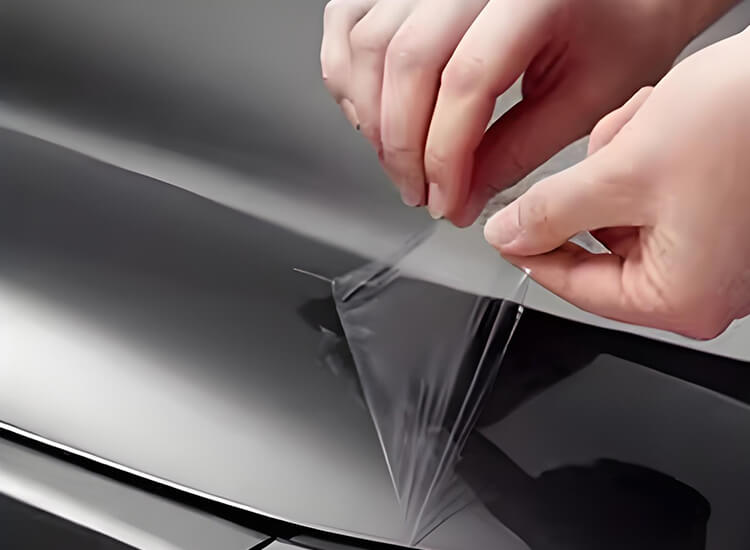
What is Paint Protection Film (PPF)?
Paint Protection Film, often referred to as PPF, is a transparent, thermoplastic urethane film designed to protect your car’s paint from a variety of environmental hazards. It acts as an invisible barrier that shields your vehicle from road debris, stone chips, bug splatter, bird droppings, and other harmful substances that can damage the paint.
PPF is engineered to absorb impacts and resist abrasion, preventing the scratches and chips that often occur during daily driving. Its clear finish ensures that it blends seamlessly with the car’s original paint, preserving both its appearance and value.
The Benefits of Paint Protection Film
There’s a lot more to PPF than just being a shield against road debris. It offers several key benefits, making it a wise investment for any car owner looking to protect their vehicle:
1. Invisible Protection
PPF is virtually invisible once applied. It maintains the original color, shine, and gloss of your car’s paint while adding a protective layer. Unlike bulky coatings, PPF won’t alter the appearance of your car.
2. Durability and Longevity
The film is highly durable and resistant to impacts, scratches, and abrasions. It’s designed to withstand daily driving conditions and stay intact for years without peeling, cracking, or fading.
3. Protection Against Environmental Hazards
From bird droppings and tree sap to bug splatter and road tar, PPF acts as a barrier against various environmental contaminants. This prevents them from damaging your car’s paint, especially in extreme weather conditions.
4. Preserves the Aesthetic Appeal
PPF helps maintain the aesthetic appeal of your car by preventing chips, scratches, and fading. Whether you have a classic car or a new sports vehicle, PPF ensures your car’s paint remains flawless for a longer period.
5. Enhances Resale Value
By preserving your car’s paint and finish, PPF can significantly increase your vehicle’s resale value. Buyers are often willing to pay more for a car that has been well-maintained and protected from the elements.
Types of Paint Protection Film
Not all PPF is the same. There are different types of PPF available, each designed to suit different needs and preferences. Here are the most popular options:
1. Clear PPF
The most common and popular choice, clear PPF offers invisible protection while maintaining the car’s original appearance. It’s perfect for those who want to keep their vehicle looking as close to new as possible.
2. Matte PPF
For a unique look, matte PPF is an excellent option. It gives your car a sleek, non-reflective finish while still providing all the protective benefits of clear PPF. This option is ideal for those who want to enhance the aesthetic appeal of their vehicle with a modern, understated look.
3. Colored PPF
Colored PPF allows you to add a custom look to your car while still protecting the paint. Available in various shades, colored PPF can be used to change the color of certain parts of your car, such as the hood or fenders.
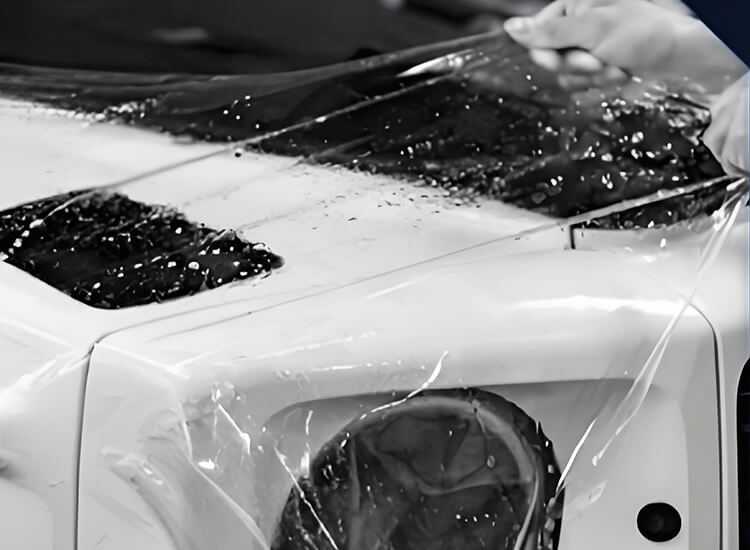
How PPF Works: The Technology Behind the Protection
The magic of PPF lies in its advanced technology. It’s made from a high-quality thermoplastic urethane material that’s designed to absorb the impact of stones, gravel, and other debris. This material is highly resistant to scratches, chips, and other abrasions, ensuring that your car’s paint stays intact.
The film’s self-healing properties are another key feature. When the film gets scratched or scuffed, it has the ability to “heal” itself under heat, thanks to the unique chemical properties of the urethane material. This means that minor imperfections will disappear on their own, maintaining the smooth appearance of your car’s finish.
Paint Protection Film: Cost and Value
While the cost of PPF can vary depending on the type of film, vehicle size, and installation complexity, it’s generally considered an investment that can save you money in the long run. Instead of spending money on frequent paint touch-ups or repairs, PPF offers a one-time cost that can help maintain your car’s finish for years.
Cost Breakdown: How Much is the PPF?
- Partial Coverage: Typically covers high-impact areas like the front bumper, hood, and side mirrors.
- Full Coverage: Provides complete protection for the entire vehicle, including the roof, trunk, and side panels.
Expect to pay anywhere from $500 to $5,000 for PPF, depending on the extent of coverage and the quality of the film used. Although it’s a higher upfront cost, the protection it provides against paint damage and the long-term value it adds to your car makes it a wise financial decision. Check PreproPPF post: Cost of PPF Coating For A Car
How to Care for Paint Protection Film
Once your PPF is applied, it’s essential to take proper care of it to maintain its effectiveness. Here are some simple maintenance tips:
- Wash Regularly: Wash your car regularly with mild soap and water to remove dirt and grime from the film. Avoid using harsh chemicals or abrasive materials that can damage the film.
- Avoid High-Pressure Washers: High-pressure washing can cause the edges of the film to lift or peel. It’s best to use gentle water pressure when cleaning your vehicle.
- Waxing: While PPF doesn’t require waxing, using a mild car wax on the film can help enhance its shine and add an extra layer of protection.
- Inspect Regularly: Check your PPF for any signs of damage or wear. If you notice any issues, have them addressed by a professional installer.
Questions About Paint Protection Film (PPF)
1. How long does PPF last?
PPF typically lasts between 5 to 10 years, depending on the quality of the film and the level of care it receives.
2. How long does PPF last?
Yes, PPF can be removed without damaging the car’s paint. However, it’s best to have it removed by a professional to ensure no harm comes to your vehicle’s finish.
3. Is PPF worth the investment?
Yes, PPF is a worthwhile investment for anyone who wants to protect their car’s paint, preserve its value, and reduce the need for costly repairs.
4. Does PPF affect the car’s paint color?
No, PPF is transparent and doesn’t affect the color or finish of your car’s paint. It’s virtually undetectable once applied.
5. Can I install PPF myself?
While it’s possible to install PPF yourself, it’s highly recommended to have it installed by a professional to ensure a seamless, bubble-free application.
6. How much does it cost to apply PPF?
The cost of PPF varies depending on the coverage area and the type of film. Expect to pay anywhere from $500 to $5,000 for a full vehicle installation.
By choosing PPF, you’re not just protecting your car’s paint—you’re making an investment in its long-term health, appearance, and resale value. Whether you’re looking to preserve the finish of your new sports car or protect your family vehicle from the everyday wear and tear of road debris, PPF offers a durable, cost-effective solution.
